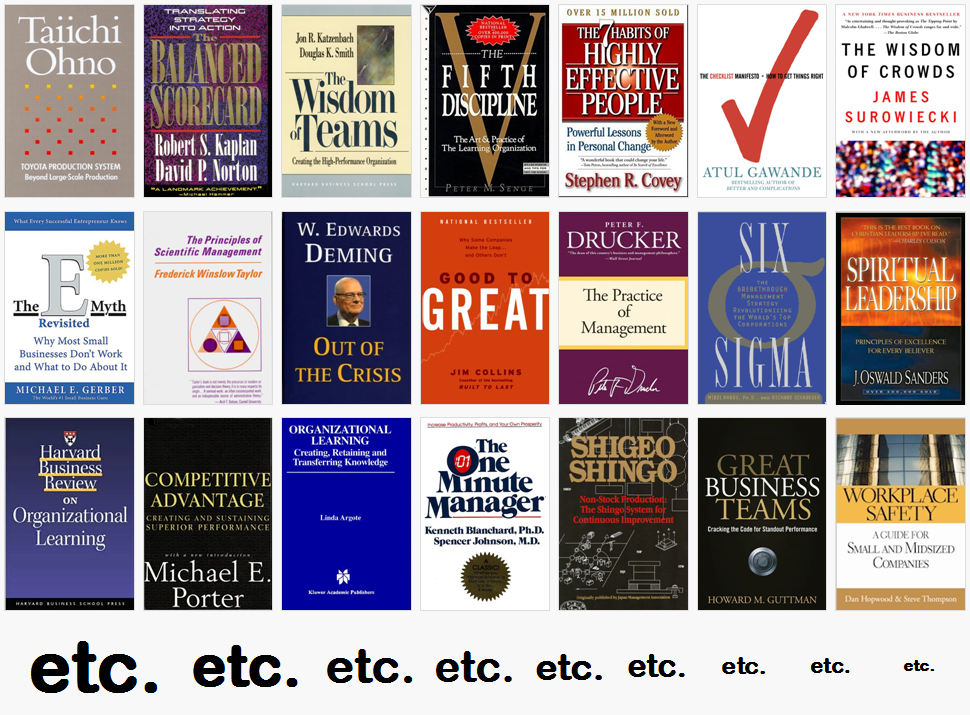“Top 10” TeamReadiness Guiding Principles…
Published on January 15, 2010 in "Top Ten" Lists | No Comments
…correlating TeamReadiness methodology with creating high performing teams. These principles guide TeamReadiness’ product development and implementation activities.
(Rankings are shown in random order and are not prioritized)
- A few favorites are shown below:
- Many people say they did not really understand a subject until they had to teach it
- Motivating – gives the “teacher” a greater reason to learn and master the subject matter in question
- TeamReadiness “captures” team members as they demonstrate their procedures & polices, an “LdL” best practice
- It is affirming, gives recognition & credit, and says that person and their work is valued & trusted
- Promotes teamwork, leadership, and a sense of purpose; (team members help others for the benefit of the team)
- Builds confidence (especially with encouraging facilitation and a bit of good video editing by TeamReadiness)
- Builds commitment and buy-in as people are more receptive to sharing & following the procedures they demonstrate on video (promotes ownership)
- Everyone on the team feels good, capable, and competent because they can do their job well
- This is the future for how people relate, document, share, learn, and optimize
- TeamReadiness creates a “YouTube-like” environment for creating and sharing information
- Instills confidence; “If my co-worker can do it, so can I”
- Expensive video productions that use celebrities or actors can seem less relevant, and hamper the learning process
- TeamReadiness videos team members demonstrating their procedures while on-the-job making it easier for other team members to relate and identify with them
- A picture is worth a thousand words…in any language; at any level of literacy
- TeamReadiness uses easy-to-understand pictures and videos to clearly document procedures, polices, best practices, etc., minimizing text-based documentation that can be difficult to understand
- Greatest tactical barriers – It can be time consuming, tedious, and disruptive; often the final documentation is confusing and hard for others to understand
- Greatest behavioral barriers – job security, others taking credit, and an attitude that -“smart guys don’t need documented procedures”
- TeamReadiness is uniquely focused on overcoming these barriers
- Classroom and Instructor-Led Training can be time consuming, expensive, inefficient, inconsistent, difficult to schedule, inconvenient, and is often not available when it is desired
- Many people begin to lose interest and “day dream” after about 15 minutes of classroom instruction
- TeamReadiness’ multi-media, customized documentation and online delivery tools provide highly relevant, easy-to-understand, convenient, low-cost, and consistent training that accommodates common learning styles
- TeamReadiness’ online tools make knowledge available at any time, as often as desired, in short, focused segments
- TeamReadiness is a deliberate initiative to share knowledge that promotes a learning culture
- A learning culture, where team members quickly capture and share knowledge so they have the skills and tools to perform their duties, drives competitive advantage, greater levels of customer service and profit
- Continuous improvement begins by having documented procedures, policies, etc., that people can assess, share, critique, optimize, and build upon
- A TeamReadiness implementation may expose or uncover issues or weaknesses and drive them to resolution
1. Numerous books and studies link knowledge sharing with successful organizations

2. “Learn by teaching” best practice (“LdL method” – Lernen durch Lehren – German)
3. Being asked to demonstrate a procedure builds morale and esprit de corps
4. Explosion of YouTube, social networking, Web 2.0, and the entire online culture

5. Peer-to-peer teaching facilitates learning
6. Multi-media documentation transcends language barriers
7. Barriers to the knowledge capture & sharing process
8. The need to accommodate various learning styles
9. Help with creating a learning culture
10. Build consensus and drive continuous improvement
DMW
Copyright © 2007-2011 TeamReadiness, Inc.




